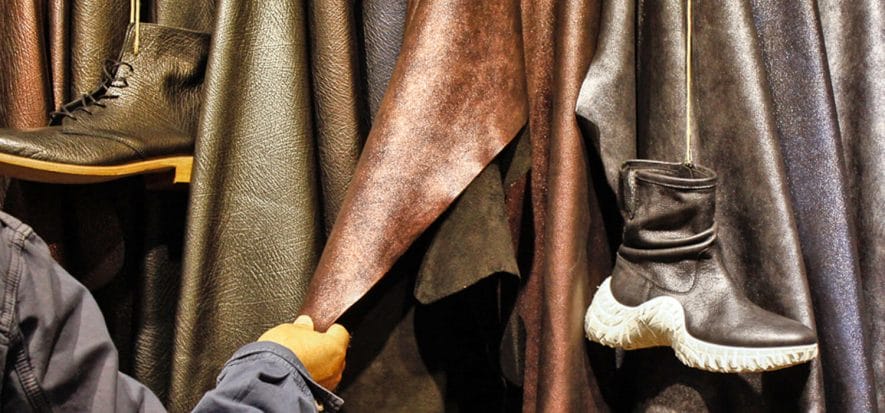2018 was a difficult year for Italian leather. According to (provisional) data elaborated by Lineapelle’s Economic Service (click here to read the full edition of Market Insights), production volume was down 1.8%, while value lost 3.4%. The slow performance of Italian leather isn’t an isolated case, but it is in fact reflected in a challenging time period for the industry: as reported by Market Insights, all producers (expect Spain and Portugal) of medium-large bovine products, along with Asian and South American countries (expect Turkey, which gained in the ovine segment), lost ground.
The trend
With regards to the Italian tanning segment, export towards France stands out (+4%), accompanied by that towards Spain (+1%) and Vietnam (+4%). Bringing down the total are the performances by China and Hong Kong (-17%), Romania (-6%), and USA (-10%). Talking about to product categories, medium-large bovine hides obtain positive results (with the exception of leather soles), while smaller hides trail behind.
The last quarter
The fourth quarter of 2018of the Italian tanning industry is line with last year’s results. In the period going from October to December (click here to read Lineapelle’s Economic Note for the period), medium-large bovine leather performs the best(+2%), while small pieces and ovine hides had a negative performance, when compared to the same period of 2017. Calves, on the other hand, show a decrease in all the main producing countries.
The consequences of a complex year
Going back to analysing the entirety of 2018, Lineapelle’s Economic Service can state that, even with the “different demand trends”, “the most important client segments have continued to award the high quality, sustainability, and strong innovation-focused character of Italian-made leather”. The clients of Italy’s tanning industry, thus, haven’t abandoned their suppliers: in this sense, “the current uncertainty situation that affects the global economy” has placed “obstacles for the increase of list prices, without – concludes the note -, grave consequences to the quantities demanded”.
The other Materials
A look at the trends for other materials confirms the complex state of 2018 for the fashion industry. Textiles lost 7%, while bonded leather decreased 6%: synthetics remain in the green, but slow down to a +2%. European-made small metallic parts gain 8%, and footwear components grow by 3%.











